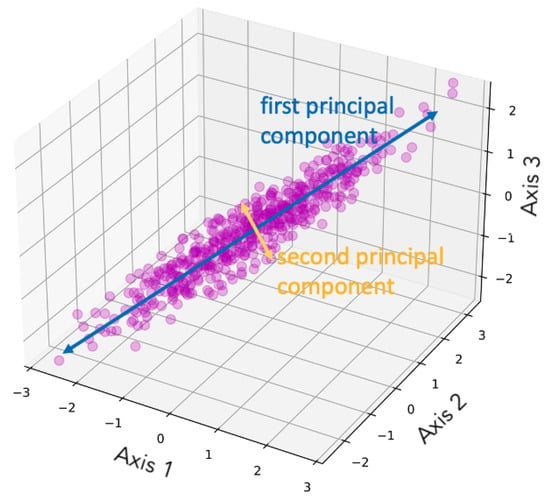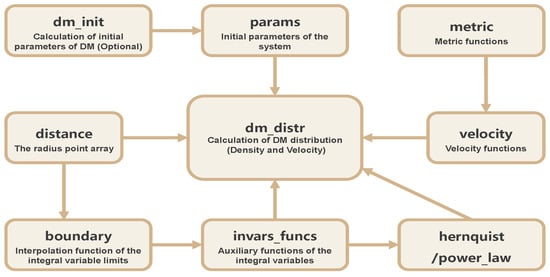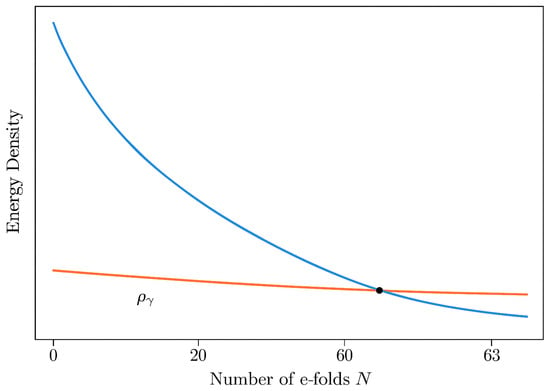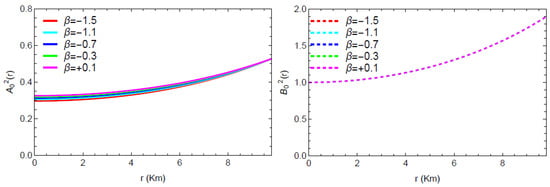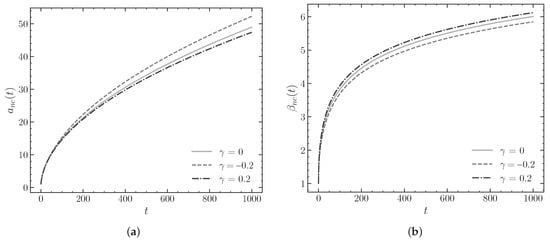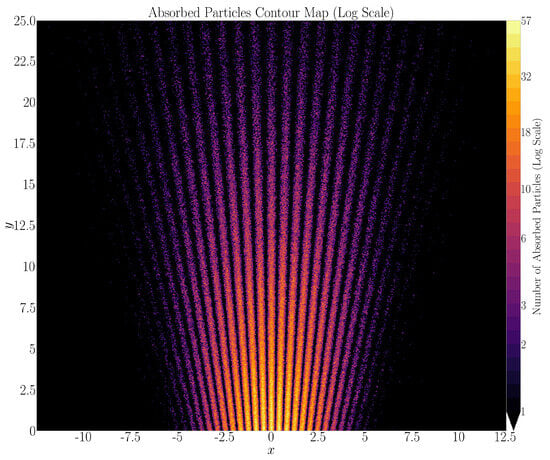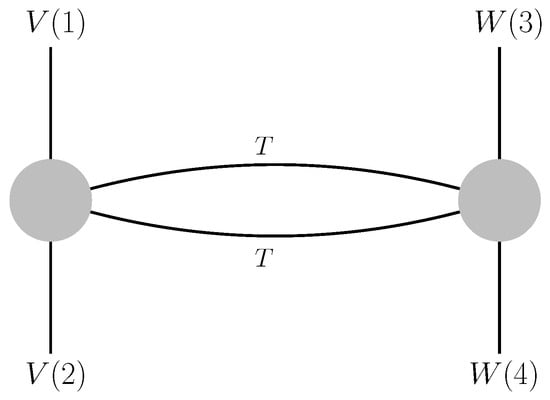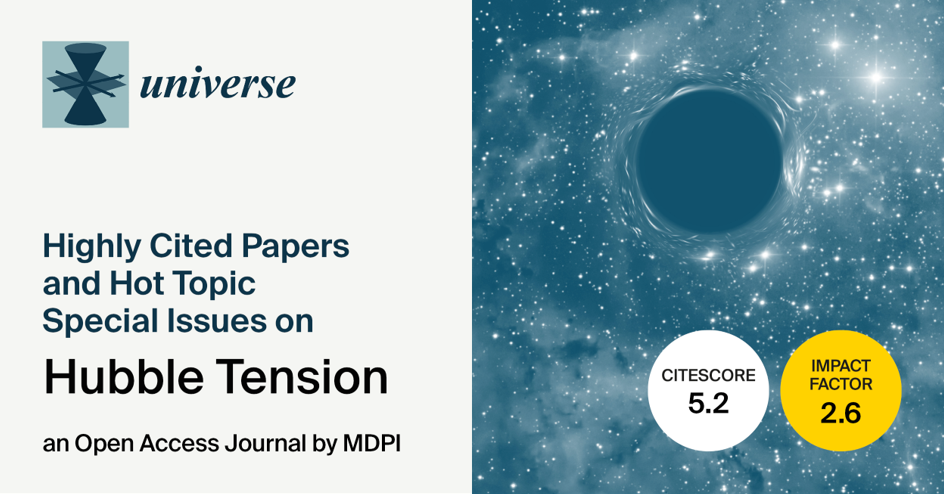Journal Description
Universe
- Open Access— free for readers, with article processing charges (APC) paid by authors or their institutions.
- High Visibility: indexed within Scopus, SCIE (Web of Science), Astrophysics Data System, INSPIRE, CAPlus / SciFinder, Inspec, and other databases.
- Journal Rank: JCR - Q2 (Astronomy and Astrophysics) / CiteScore - Q2 (General Physics and Astronomy)
- Rapid Publication: manuscripts are peer-reviewed and a first decision is provided to authors approximately 22.6 days after submission; acceptance to publication is undertaken in 3.4 days (median values for papers published in this journal in the first half of 2025).
- Recognition of Reviewers: reviewers who provide timely, thorough peer-review reports receive vouchers entitling them to a discount on the APC of their next publication in any MDPI journal, in appreciation of the work done.
- Companion journal: Astronomy.
Latest Articles
E-Mail Alert
News
Topics
Deadline: 28 February 2026
Deadline: 30 November 2026
Deadline: 31 December 2026
Conferences
Special Issues
Deadline: 30 December 2025
Deadline: 31 December 2025
Deadline: 31 December 2025
Deadline: 31 December 2025










